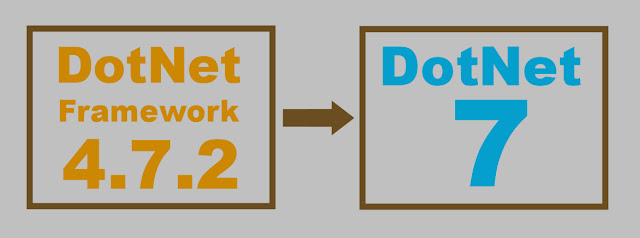
How to make the Ju52 cocktail:
In a tall glass with no ice, mix the following:
2 parts coffee liqueur (e.g. Kahlúa (W))
2 parts cream liqueur (e.g. Baileys Irish Cream (W))
1 part orange liqueur (e g. Grand Marnier (W))
4 parts cold milk.
The special guy that I am, I had to go invent my own cocktail. As its name betrays, it is similar to B52 (W). In fact, the Ju52 is just B52 with cold milk instead of ice.
The benefits
The replacement of ice with cold milk imparts the following benefits to the drink:





